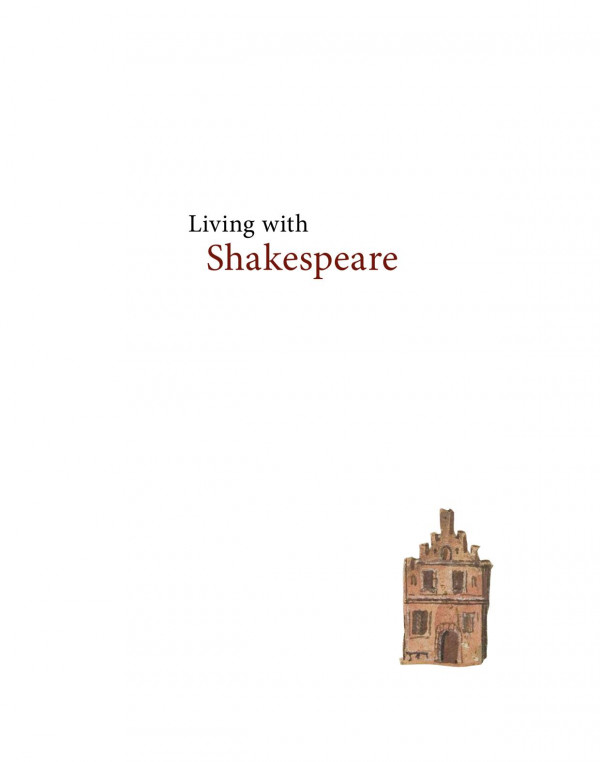

Most ebook files are in PDF format, so you can easily read them using various software such as Foxit Reader or directly on the Google Chrome browser.
Some ebook files are released by publishers in other formats such as .awz, .mobi, .epub, .fb2, etc. You may need to install specific software to read these formats on mobile/PC, such as Calibre.
Please read the tutorial at this link: https://ebookbell.com/faq
We offer FREE conversion to the popular formats you request; however, this may take some time. Therefore, right after payment, please email us, and we will try to provide the service as quickly as possible.
For some exceptional file formats or broken links (if any), please refrain from opening any disputes. Instead, email us first, and we will try to assist within a maximum of 6 hours.
EbookBell Team

4.4
102 reviewsIn the 1590s, Shakespeare was working with and writing for the Lord Chamberlain’s Men at The Theatre, Shoreditch while he was living in the parish of St. Helen's, Bishopsgate Street. Living with Shakespeare examines his parish, church, locale, neighbours and their potential influences on his writing--from the radical ‘Paracelsian’ doctors, musicians and public figures--to the international merchants who lived nearby. Packed with new discoveries from difficult-to-access manuscript records this book reveals the parish’s complex social, religious, political and neighbourly intersections and influences.
Taking a section of Shakespeare’s life, (c. 1593-1598), as he evolved from new ‘arriviste’ in London to established theatre professional, the book examines the 100 or so families who lived in his parish and demonstrates how their interests, work and connections formed part of the background environment that Shakespeare probably borrowed from as he reworked existing stories. These people form a fascinating story, which sheds new light on the influences that shaped a great writer as he finished Romeo & Juliet, A Midsummer Night’s Dream and The Merchant of Venice and began to re-establish his family name, status and reputation.
Marsh’s ability to weave primary research and discoveries together with historical narratives, transports readers into Shakespeare’s world and allows them a real glimpse into his daily life.